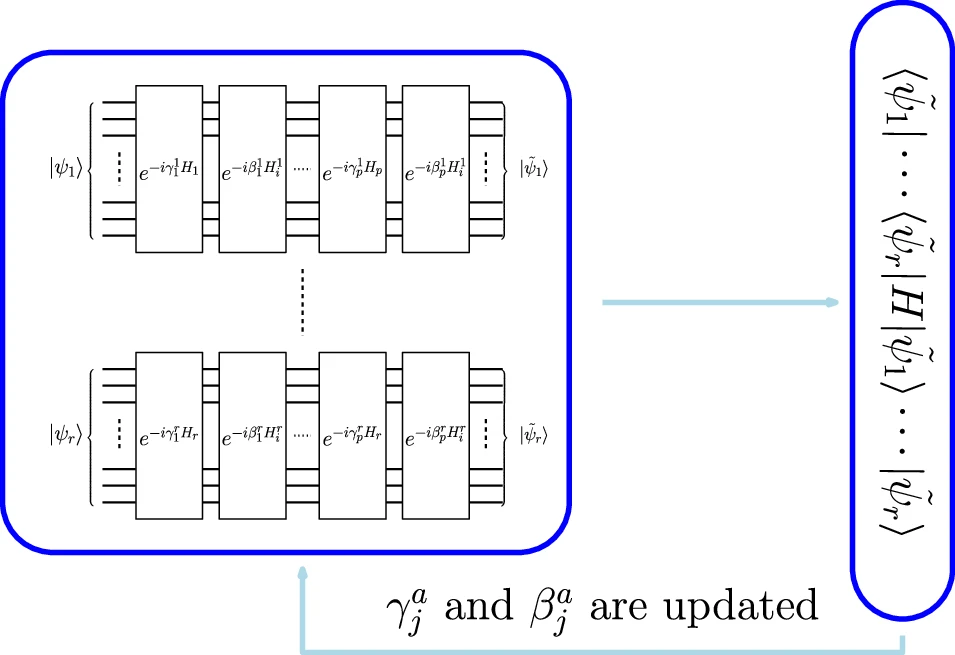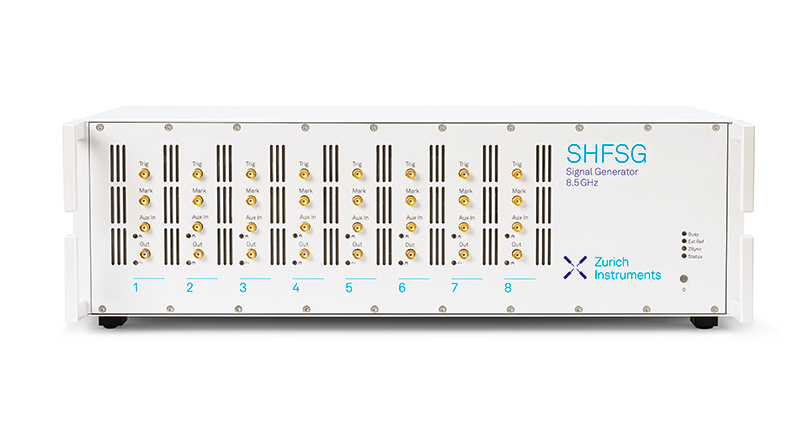In a significant advancement for quantum computing applications, researchers have developed a novel framework that overcomes one of the field’s most persistent limitations: the restricted number of qubits available on current hardware.
The research team has created a method to split quantum circuits within Variational Quantum Algorithms (VQAs) into smaller components that can run in parallel. This approach effectively allows quantum computers to tackle problems larger than their physical qubit count would normally permit.
“Until now, the practical applications of quantum computing have been severely constrained by hardware limitations,” explains the lead researcher. “Our framework changes that equation by making more efficient use of the qubits we already have.“
The breakthrough specifically targets combinatorial optimization problems—a class of challenges with wide-ranging applications from logistics to finance. By identifying inherent structures within these problems, the team demonstrated how quantum circuits could be parallelized without sacrificing solution quality.
The researchers tested their approach by creating parallelized versions of two established quantum algorithms: the Quantum Approximate Optimization Algorithm (QAOA) and a variational version of quantum annealing. Results from both simulations and experiments on actual quantum hardware validated their approach.
Perhaps most impressively, the team showed that information potentially lost during the circuit-splitting process can be partially recovered through a carefully designed global objective function that guides the optimization process across all parallel circuits.
“What makes this approach particularly powerful is its adaptability,” notes a quantum computing expert not involved in the study. “This framework could potentially extend to virtually any variational quantum algorithm.”
The implications reach beyond academic interest. As quantum computing gradually moves toward industrial applications, this parallelization framework could accelerate its practical utility, allowing businesses to leverage quantum advantages sooner than previously thought possible.
While quantum computers remain in their early stages, with noise and error correction presenting ongoing challenges, this research represents a clever workaround that maximizes the capabilities of current NISQ (Noisy Intermediate-Scale Quantum) processors.
As one industry observer put it: “This is exactly the kind of practical innovation we need—finding ways to do more with the quantum resources we have today while we continue building tomorrow’s more powerful systems.“
npj Quantum Information, Published online: 19 February 2025; doi:10.1038/s41534-025-00982-6


